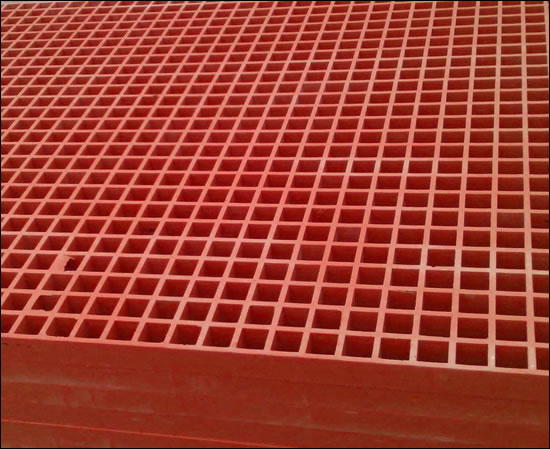8 月 . 21, 2024 21:36 Back to list
Affordable Gabion Solutions for Your Landscaping and Erosion Control Needs
Understanding Gabion Cost and Its Applications
Gabions, which are wire mesh baskets filled with stones, soil, or other materials, have become increasingly popular for various construction and landscaping needs. The versatility, sustainability, and cost-effectiveness of gabions make them an ideal choice for a range of applications from erosion control to decorative purposes. This article explores the cost factors associated with gabions and their value in different settings.
What Influences Gabion Costs?
1. Material Selection The type of wire mesh and the fill material significantly influence the cost of gabions. Galvanized or PVC-coated wire mesh, which offers enhanced durability and corrosion resistance, tends to be more expensive than regular galvanized wire. Similarly, the choice of fill material, be it natural stones, recycled concrete, or even specially selected river rocks, can alter overall pricing.
2. Design and Size Gabions come in various shapes and sizes. Standard sizes are relatively inexpensive, while custom designs may require additional fabrication costs. Larger structures will necessitate more materials and labor, which can further increase the budget.
3. Assembly and Installation Depending on the complexity of the project, assembly can either be straightforward or labor-intensive. DIY installation can significantly reduce costs, but for larger projects or when specific engineering standards must be met, hiring a professional may be necessary.
4. Location and Accessibility The geographical location of the project can impact delivery costs for the materials. Sites that are difficult to access may incur additional charges for transporting gabion materials.
5. Additional Features Incorporating additional features can also influence the overall cost. For instance, adding drainage systems, vegetative layers, or integrating lighting features can enhance functionality but will also increase the initial investment.
Cost Analysis
gabion cost product

On average, the cost of gabions can range from $20 to $30 per cubic foot for materials alone, excluding installation. The aggregate cost will depend on the scale of the project. For example, a small garden feature may require only a few cubic feet of material, whereas a larger landscape project, such as a retaining wall or erosion control system, may demand hundreds of cubic feet.
When considering the total cost, it’s essential to evaluate the long-term savings and benefits. Gabions often provide an effective solution to prevent soil erosion, manage stormwater runoff, and create natural habitats for wildlife. Their durability and stability can lead to reduced maintenance costs over time.
Advantages of Using Gabions
1. Eco-Friendly Solution Gabions are often filled with local materials, minimizing transportation costs and reducing carbon footprints. Furthermore, they support vegetation growth, promoting biodiversity.
2. Durability With proper installation, gabions can withstand harsh weather conditions and serve as long-lasting structures. Their adaptability to various environments makes them suitable for projects in challenging terrains.
3. Aesthetic Appeal Beyond their functional benefits, gabions offer an attractive and modern aesthetic. Various fill materials can create unique textures and colors, enhancing the visual appeal of gardens, parks, and public spaces.
Conclusion
Gabions are an excellent investment for both functional and aesthetic applications in landscaping and construction. While initial costs vary based on several factors, the long-term benefits, including durability, low maintenance, and eco-friendliness, often outweigh these expenses. As the demand for sustainable and natural-building solutions grows, gabions stand out as a cost-effective and versatile option for myriad projects, paving the way for innovative landscape designs that harmonize with nature.
-
Temporary Fence Base Products Durable & Reliable Manufacturer Solutions
NewsMay.30,2025
-
Best Africa Chicken Netting Hexagonal Wire Mesh Durable & Weatherproof
NewsMay.30,2025
-
Australian Temporary Fence Solutions Durable & Reliable Products
NewsMay.30,2025
-
Galvanized Steel Gabion Net & Trusted Gabion Factory Solutions High Durability
NewsMay.29,2025
-
Top-Rated Removable Fences Durable & Easy-Install Solutions
NewsMay.29,2025
-
Steel Expanded Metal Mesh Fence
NewsMar.07,2025



